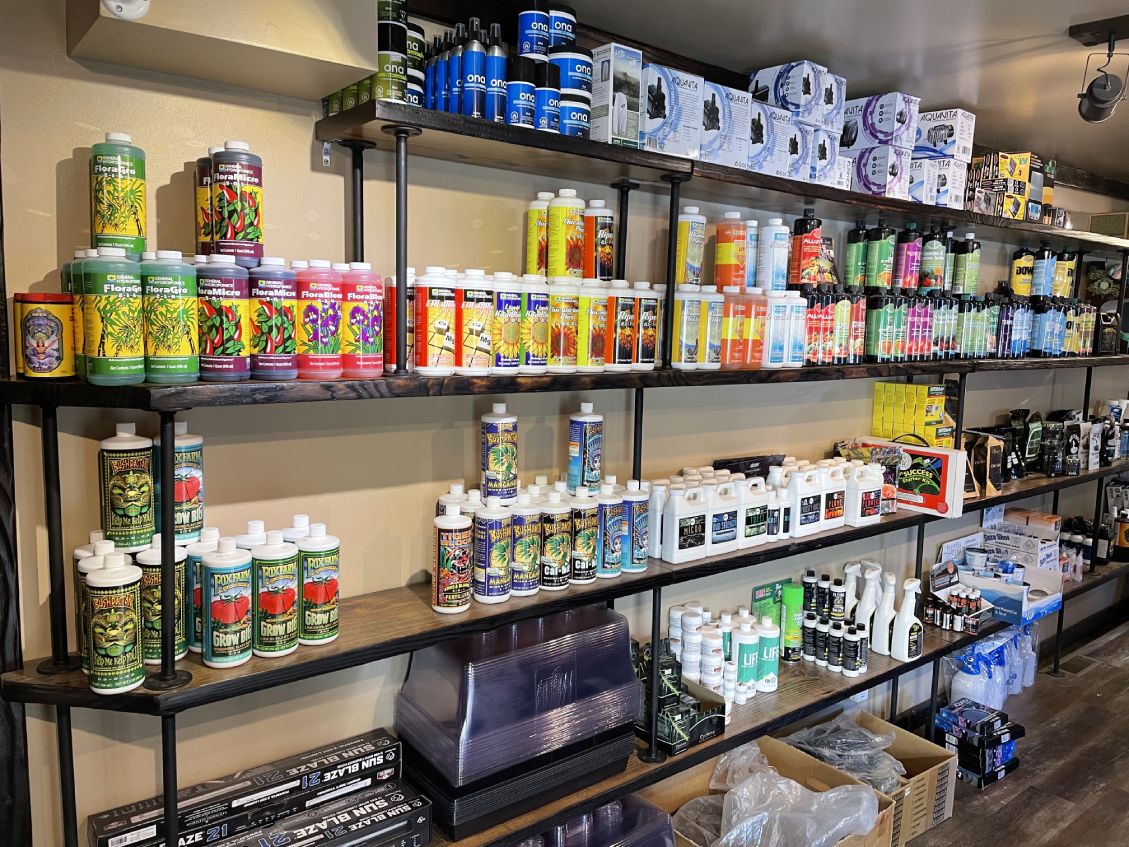The Ultimate Overview to Hydroponic Equipments and Techniques
On the planet of modern agriculture, hydroponic systems have actually arised as a groundbreaking approach for growing plants without dirt. The precise equilibrium of water, nutrients, and light in hydroponic configurations provides a promising option to conventional farming techniques. As we uncover the intricacies of hydroponics in this thorough guide, we will certainly browse with the numerous kinds of systems, explore the vital nutrients important for plant development, and dive into sophisticated strategies that can dramatically boost yields. Yet what occurs when usual concerns occur in hydroponic systems? Remain tuned to unwind the troubleshooting techniques that can make or damage an effective harvest.
Advantages of Hydroponic Equipments
Hydroponic systems supply a wide range of advantages, consisting of effective resource utilization and accurate nutrient delivery to plants. By giving a controlled environment for plant development, hydroponic systems enable optimal water and nutrient usage, resulting in higher yields contrasted to conventional soil-based farming. This performance not only preserves sources but also lowers waste, making hydroponic systems ecologically friendly.
Moreover, the specific distribution of nutrients in hydroponic systems allows for modification based upon the particular needs of each plant range. This targeted approach makes certain that plants receive the right equilibrium of important nutrients, promoting healthier growth and reducing the risk of nutrient deficiencies or inequalities. In addition, the capability to adjust and monitor nutrient levels in real-time maximizes plant performance and total crop top quality.
Moreover, hydroponic systems eliminate the need for herbicides and chemicals, as the closed-loop system minimizes the threat of pests and diseases that are generally discovered in soil-based farming - The Indoor Earthworm. This not only benefits the plants and the environment but additionally adds to generating cleaner, healthier plants for usage
Types of Hydroponic Setups

Nutrient Film Technique (NFT) utilizes a shallow stream of nutrient option streaming over the plant roots, supplying a consistent supply of nutrients. Trickle systems involve trickling a nutrient service onto the plant origins, using specific control over feeding.
Each kind of hydroponic setup has its benefits and is suited to various plant ranges and development phases. Understanding the distinct functions of these systems can aid hydroponic cultivators select one of the most ideal arrangement for their particular demands and preferences.
Crucial Nutrients for Hydroponics
In hydroponic systems, plants rely on a precise balance of important nutrients to prosper and expand efficiently. These important nutrients are essential for numerous plant functions such as photosynthesis, origin advancement, and general growth.
In enhancement to macronutrients, plants likewise require secondary nutrients like magnesium, sulfur, and calcium, in addition to trace elements such as iron, copper, zinc, and manganese (The Indoor Earthworm). These nutrients are vital for making sure that plants have all the needed foundation to lug out crucial biological processes

Advanced Strategies for Maximum Return
To achieve optimal yields in hydroponic systems, growers can apply advanced strategies that improve plant development and performance. One such technique is making use of additional lighting. By supplying artificial lights such as LED or high-pressure sodium lights, cultivators can extend the variety of light hours plants obtain daily, promoting faster growth and boosted returns. Another innovative method is the implementation of CO2 supplements. Boosting the degrees of co2 in the expanding environment can stimulate photosynthesis and boost plant growth substantially. Furthermore, employing techniques like plant training and visit the website trimming can help optimize light distribution and air flow, making certain that all components of the plant receive adequate light and nutrients. Making use of automated systems for nutrient shipment and surveillance can aid preserve optimal nutrient levels, reducing the danger of shortages or imbalances that can prevent plant development. By incorporating these advanced methods into their hydroponic systems, farmers can make best use of returns and achieve plentiful harvests.
Troubleshooting Common Hydroponic Issues
One prevalent trouble is vitamins and mineral deficiencies, where plants do not have necessary components for healthy development. Preserving the correct pH array particular to the plant being expanded is vital for optimal nutrient uptake. By immediately determining and resolving these typical hydroponic problems, growers can preserve healthy plants and make best use of yields in their hydroponic systems.
Verdict
Finally, hydroponic systems offer countless benefits for expanding plants effectively. By using various sorts of setups and offering necessary nutrients, farmers can accomplish maximum yield via advanced methods. It is vital to troubleshoot typical issues that may occur in order to preserve a successful hydroponic procedure. With cautious planning and focus to information, hydroponic systems can transform the method plants are grown, leading to even more lasting and effective farming methods.
By Visit Your URL giving a controlled setting for plant growth, hydroponic systems make it possible for optimal water and nutrient use, leading to higher returns contrasted to standard soil-based cultivation. The Indoor Earthworm. Nutrient Film Strategy (NFT) makes use of a shallow stream of nutrient option moving over the plant origins, supplying a continuous supply of nutrients. Tracking and changing nutrient levels based on plant growth stages is crucial to protecting against vitamins and mineral shortages or poisonings and optimizing plant productivity in hydroponic systems
Additionally, employing methods like plant training visite site and trimming can assist optimize light distribution and air movement, guaranteeing that all components of the plant get ample light and nutrients. Making use of automated systems for nutrient distribution and surveillance can aid keep ideal nutrient degrees, lowering the risk of shortages or imbalances that can hinder plant growth.